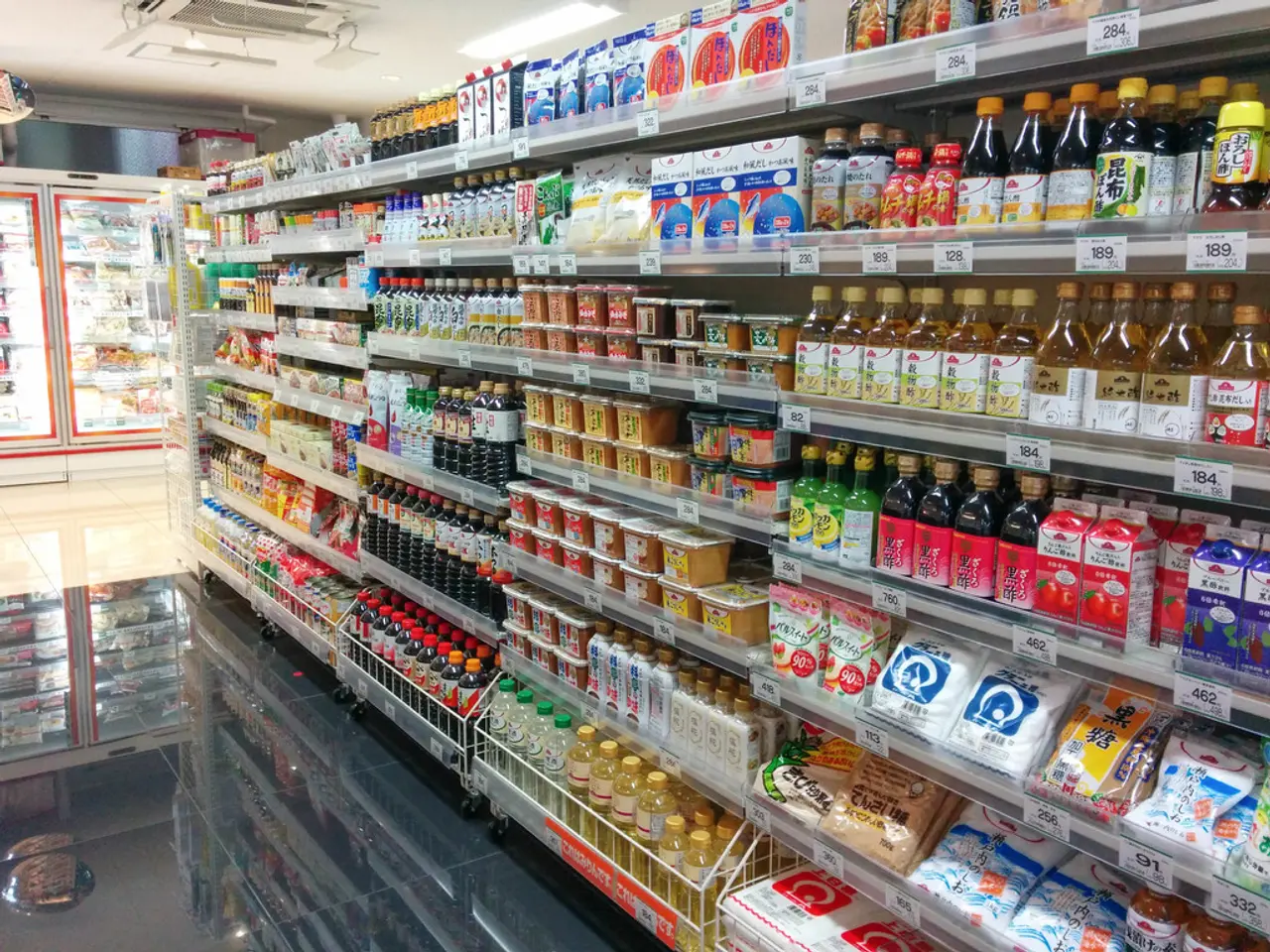Struggling Consumers Face Escalating Financial Stress - According to KPMG
In 2025, inflation, tariffs, and shrinking household incomes are shaping U.S. consumer spending patterns, leading to more cautious, value-oriented behavior. This trend is causing slower overall spending growth and increased divergence across income groups.
Inflation, although moderate, remains persistent. The Consumer Price Index has risen by approximately 2.7% year-over-year as of July 2025. Energy prices have recently fallen, but shelter and other costs continue to exert upward pressure on expenses. This ongoing inflation dampens real spending growth.
Tariff-related cost increases are contributing to consumer caution, particularly in goods sectors. Spending on durable goods declined by 0.5%, impacting autos, furniture, and recreational goods, reflecting price sensitivities linked to tariffs.
While higher-income consumers' real spending remained robust, lower- and middle-income households saw only modest increases or stagnation in inflation-adjusted spending. This indicates a growing divide in resilience, with lower-income groups constrained by shrinking or stagnant real incomes.
Consumers are showing a greater focus on essentials and value brands due to price pressures. Spending on nondurable goods like groceries and apparel rose modestly, but leisure, transportation, and recreation spending contracted or grew only slightly, signaling restraint on discretionary expenditures.
Despite financial pressures, consumer confidence has remained relatively steady in mid-2025, with a somewhat more positive income outlook. However, an awareness of slower labor market growth and inflationary headwinds is contributing to cautious spending plans.
Real consumer spending growth has slowed from over 3% in late 2024 to near 2% year-over-year by mid-2025, with forecasts expecting further deceleration into 2026 as economic headwinds persist.
In response to these economic pressures, consumers are prioritizing value-first behavior in their spending decisions. Over 70% of consumers believe a recession will occur within the next year, and half of them are actively seeking discounts and promotions.
Consumers are also moving towards direct-to-consumer (D2C) channels for basics like clothing, food, and personal care. They expect secure payments, fast shipping, and hassle-free returns from D2C channels. Skepticism around advertising and data use is high in social media shopping.
In the realm of health, the use of GLP-1 medications for weight loss or health is slowly rising, with 9% currently using them and 6% planning to start.
Travel plans for summer 2025 show that 58% of consumers still plan to travel, spending 7% less per trip and focusing on domestic destinations.
However, not all sectors are seeing growth. Only groceries and automotive expenses are seeing growth in consumer spending. Thrift store apparel spending has increased by 2%, but spending on alcohol has decreased by 38%.
Interestingly, 80% of consumers expect prices to further increase. Yet, only 34% of consumers are okay with companies using AI to analyze their personal data, while nearly half (43%) are uncomfortable with this practice.
In conclusion, inflation and tariffs are elevating prices, especially for goods, while shrinking or uneven income gains constrain spending power for lower- and middle-income households, leading to slower growth in consumer spending with a shift toward essentials, value options, and reduced discretionary outlays in the U.S. in 2025.
- In the realm of personal-finance, consumers are trying to cut costs, with over 70% expecting a recession within the next year and half of them actively seeking discounts and promotions.
- The trend of focusing on essentials and value brands has extended to technology, as consumers are moving towards direct-to-consumer channels for basics like food, clothing, and personal care, expecting secure payments, fast shipping, and hassle-free returns.
- Amidst concerns about inflation and shrinking incomes, the health-and-wellness industry is experiencing changes as well, with the use of GLP-1 medications for weight loss or health gradually increasing, while travel plans for summer 2025 show a focus on domestic destinations due to cost considerations.




